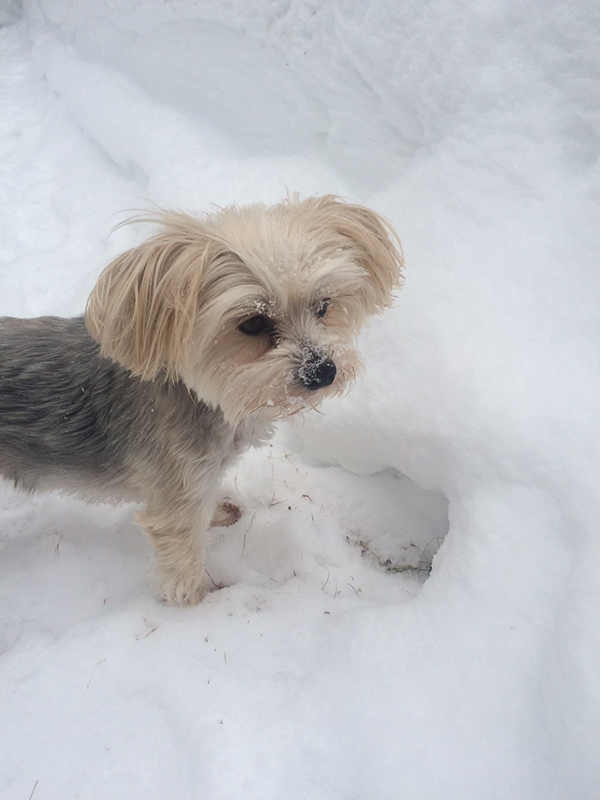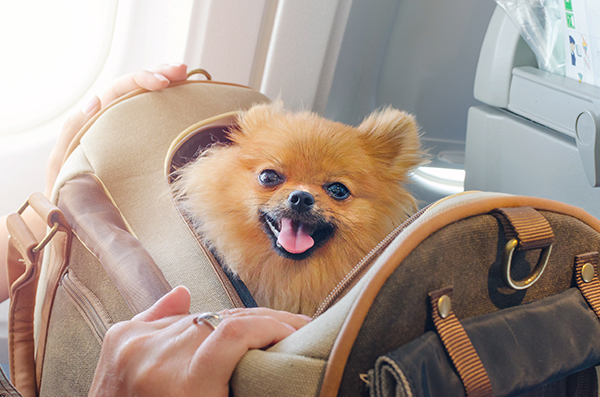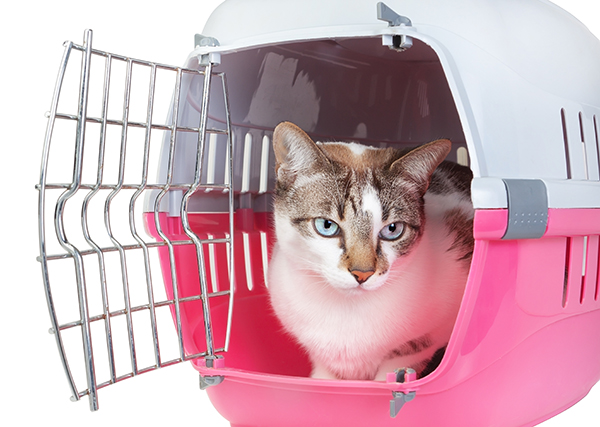Many of our laboratory contractors travel with their furry friends. With assignment lengths typically around 13 weeks, many pet parents simply cannot part ways for so long. And I understand fully! In fact, one of my “coworkers” is my 9-year-old maltese/yorkie mix named Sophie. I could NOT leave her sweet face for very long!
When you accept a laboratory travel job with HCI, be sure to let us know you want to bring your buddy with you. With a little extra time, we will be sure to find a pet-friendly way to travel.
Here are 5 tips to keep in mind when traveling with pets...

1 Airline Restrictions
If your pet is small enough and the airline permits it, you may bring your pet into the cabin as long as they are in a carrier that fits under the seat. Larger pets will need to go in the cargo hold in a carrier that’s comfortable and large enough with plenty of ventilation. Airlines have guidelines for the size and type of carriers, and they have the right to restrict the type of pet permitted on the aircraft. Trained service animals and therapy animals with supporting paperwork are permitted in the cabin. Always contact your airline prior to traveling so you understand their restrictions and requirements.

2 Carriers
If your pet is small enough and the airline permits it, you may bring your pet into the cabin as long as they are in a carrier that fits under the seat. Larger pets will need to go in the cargo hold in a carrier that’s comfortable and large enough with plenty of ventilation. Airlines have guidelines for the size and type of carriers, and they have the right to restrict the type of pet permitted on the aircraft. Trained service animals and therapy animals with supporting paperwork are permitted in the cabin. Always contact your airline prior to traveling so you understand their restrictions and requirements.
3 Avoiding Accidents
Prepare your pet for the journey by providing plenty of exercise prior to the flight. Bring food and water in case there is a delay (collapsable bowls are my favorite), but it’s best to refrain from feeding them for 4 to 6 hours before flying. This will cut down on your pet’s need to “go” while in the air. And some pets, like people, experience motion sickness, so keeping her stomach empty just before and during the flight can help prevent nausea and vomiting. Consider lining the carrier with an absorbent potty pad. Carry extra pads, food, paper towels, and waste bags.
4 Identification
If your animal has a microchip, be sure to update it prior to your departure. If not, have your pet wear a collar with a legible and accurate identification tag with complete information, the rabies vaccination tag, and a license tag.
5 Proof of Vaccinations
Most airlines require a Certificate of Veterinary Inspection (health certificate) issued within 10 days of travel. This ensures that all animals on all flights are free from illnesses or parasites that could be harmful to others. The certificate must be signed by a veterinarian after examining your pet and determining it is free from infectious diseases.

